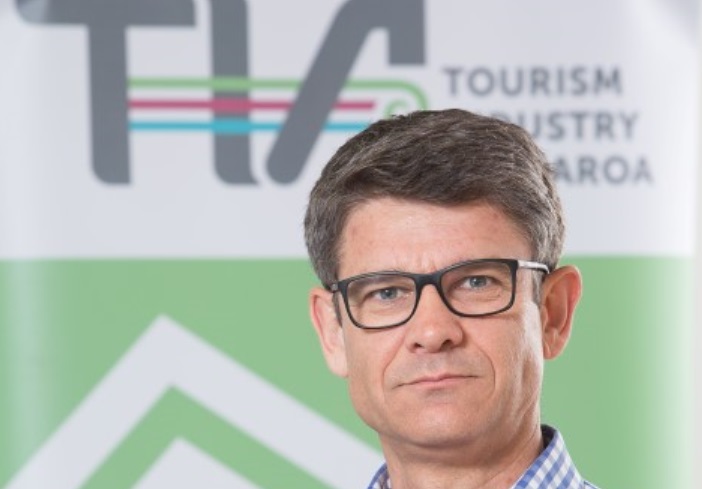The tourism industry’s immense contribution to New Zealand is reflected in new economic statistics, Tourism Industry Aotearoa says.
The 2017 Tourism Satellite Account shows that more than 230,000 people are directly employed in tourism (8.4% of the workforce), with another 168,357 or 6.1% indirectly employed.
“That means one in seven people employed in New Zealand are supporting themselves and their families thanks to tourism,” TIA Chief Executive Chris Roberts says.
The TSA is the official annual measurement of the New Zealand tourism industry, compiled by Stats NZ.
It shows that the tourism industry is well on track to meet its Tourism 2025 goal of growing total revenue to $41 billion a year.
Total tourism spend for the year ended March 2017 was $36 billion. Domestic tourism contributed $21.4 billion, with international visitors spending $14.5 billion.
This expenditure keeps international tourism as New Zealand’s biggest export sector, at 20.7% of total exports.
TSA’s release coincided with a meeting organised by TIA that brought together new Tourism Minister Kelvin Davis and several of the tourism sector organisations, including the Bus and Coach Association of New Zealand, Holiday Parks New Zealand, Hospitality New Zealand, the New Zealand Airports Association, the New Zealand Cycle Trail, Regional Tourism New Zealand, the Rental Vehicle Association and the Tourism Export Council of New Zealand.
“It was a very useful meeting and we covered the key issues where the industry and Government can work in partnership to deliver sustainable benefits to New Zealand,” Mr Roberts says.
“We also took the opportunity to bring to Minister Davis’ attention the new GST figures in the TSA, which show that the Government is collecting much more in GST from visitors than was previously thought.”
“International visitors paid $1.5 billion in GST, while domestic tourism contributed $1.8 billion. It certainly adds more weight to TIA’s argument that some of the GST windfall from the tourism boom should be invested back into funding infrastructure needs.”








